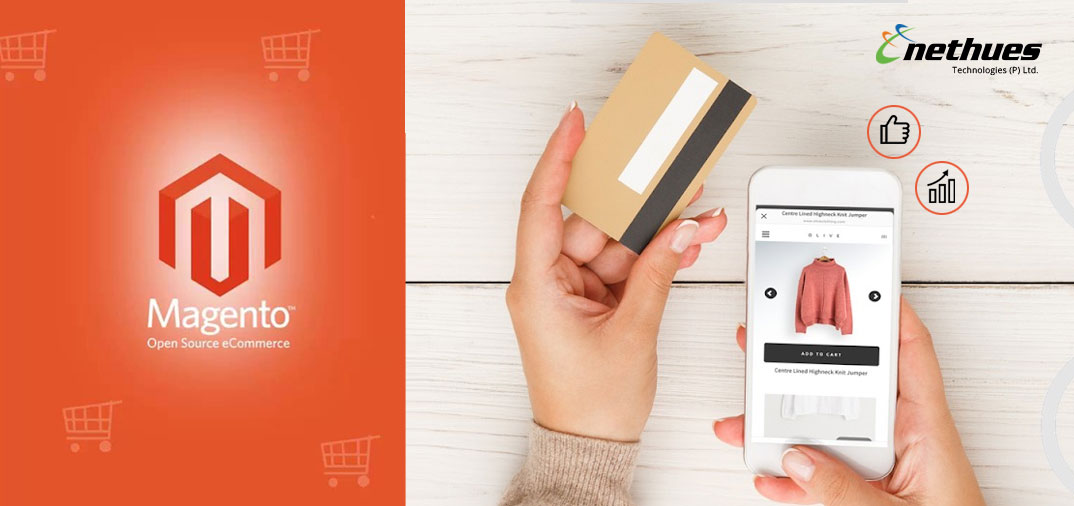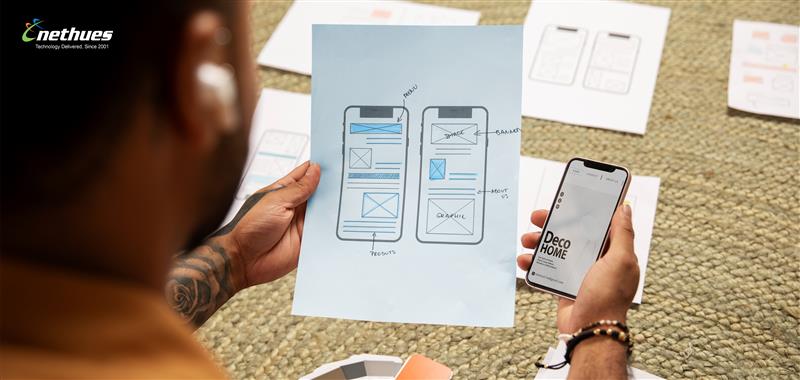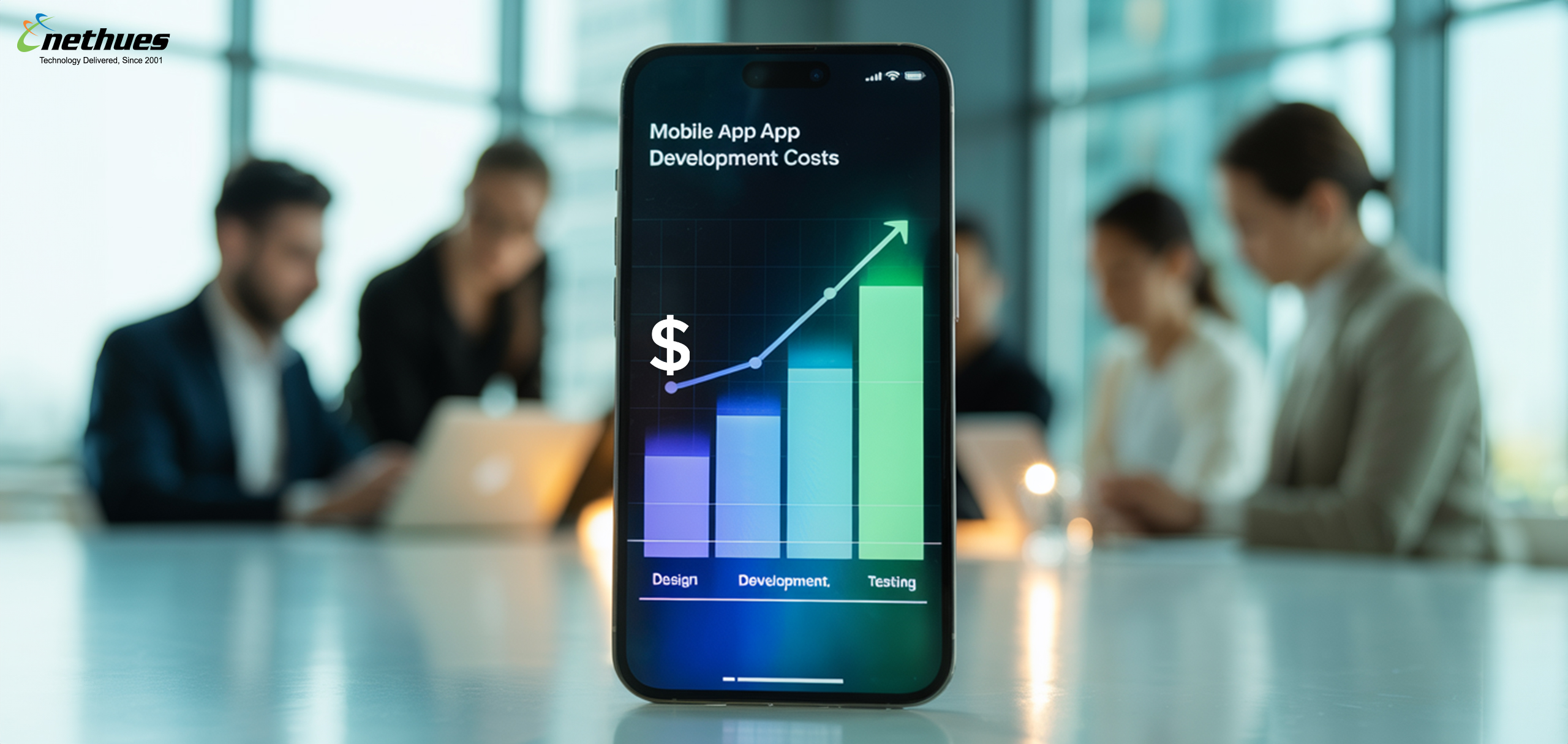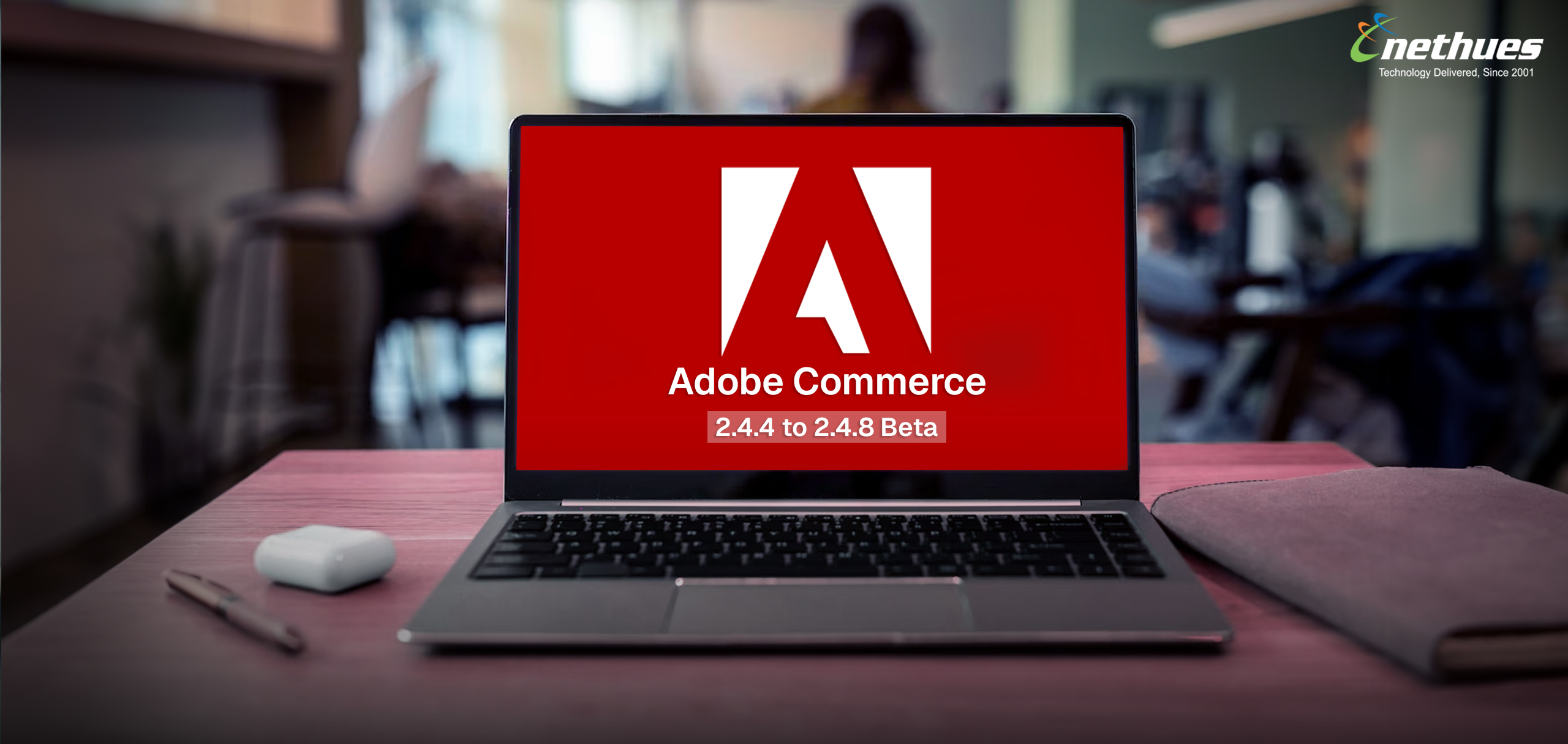Being an eCommerce website/store owner, your goal is to simplify the customer experience and make it as smooth and painless as possible. And this definitely involves some great techniques and efforts.
Well, the article is all about those tips and ways that bring conversions while improving customer experience and reducing friction. Don’t worry, we won’t leave you with any what’s, why’s and how ‘s.
Let’s get started.
The truth is, increasing mobile conversions i.e. moving a customer from the awareness stage to the consideration stage to the final decision stage takes more than competitive prices and uninterpreted customer service. It also requires negligible or rather no friction.
Friction is when something on your website/store slows down or stops the progression of a prospective buyer from moving through your sales funnel and leaves him with “What do I do next?.” Your job is to identify these points of friction and address them.
The reasons could be many varying from slow checkout, insecure payments, heavy images to slow site speed. This friction is an ongoing challenge to any website owner interested in improving mobile conversions and increasing their RPV (Revenue Per Visitor). Identifying points of friction in your sales process and addressing them can help increase sales from your existing traffic dramatically.
Below are some of the refined
Ways to Reduce Friction and Increase Conversions
Get Up to Speed
Today, people are busy and impatient. Most mobile shoppers won’t spend more than a few seconds waiting for a page to load and will simply jump to another site.
According to Google, “As page load time goes from 1 – 7 seconds, the probability of a visitor bouncing increases 113%.”
So, you really need to work on this friction point.
Before you adopt a way to improvise this, it is important to know your current site speed. For this, you can take help of Google’s Mobile Speed Test. Just enter your URL and the test site takes a couple of minutes to check things like Javascript code, optimized images, and text readability. The test ends with a diagnosis and Google’s top fixes to improve speed.
Further, you can either indulge in A/B testing where any changes made to the site are tested to confirm how will it affect conversions and speed.
Image Size
Yes, this matters a lot!
Usually, large image files slow down your page speed and make the site “heavier.” Product photos are a major culprit since you want an image large enough to be viewed clearly, but small enough to have a negligible impact on page load speed. So, maintain a balance between the two by thinking about reducing the size of images (without making them look pixelated) or using image compression to remove useless meta-data. This will have a positive impact on load times and ultimately improvised user experience.
Multiple Ways To Pay
Believe it or not, not everyone wants to use Paypal or pay with a Visa card. The more options you provide for payment, the more likely a prospective customer will complete the purchase. By offering a variety of payment methods, you allow customers to choose their preferred payment method and feel more comfortable while making the purchase.
A study by Vouchercloud has found out that 59% of potential buyers would abandon a transaction if their desired payment method isn’t available.
In addition to offering diverse payment methods, providing alternative payment terms like payment plans can prove appealing.
Use A Robust Search
One of the easiest ways to help a visitor find the information or the product they are looking for is to use search on your website in an obvious position (top of the page). While many websites use a magnifying glass icon to show they have a search option, the most successful online retailers in the world like Amazon use big full search bars at the top of the page.
More important than displaying a search bar however, is the quality of the search results – a search bar is useless if it doesn’t return valuable information for the site visitor or it is too slow. Depending on your site, look at options that allow you to weight search results based on specific parameters, organize search results and manage search terms.
Final Statement
While effective optimization techniques may vary from merchant to merchant, adopting ways (as mentioned above) can help in reducing friction and improving the mobile browsing experience. Either it is design or checkout or payment, each attribute counts for customer experience. After all, happy and satisfied customers lead to great stores and ultimately sales.






